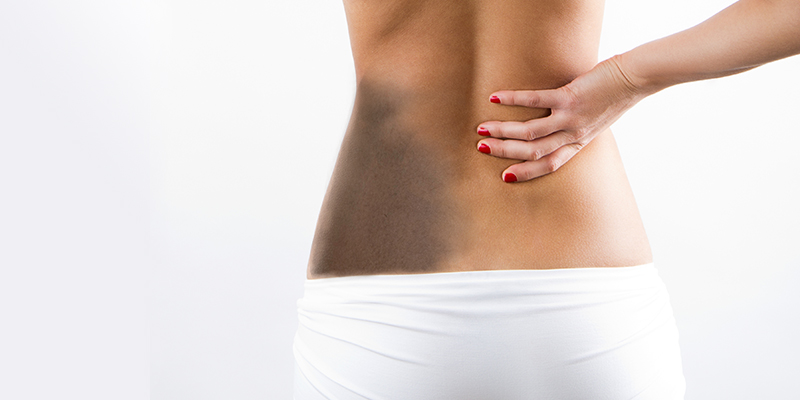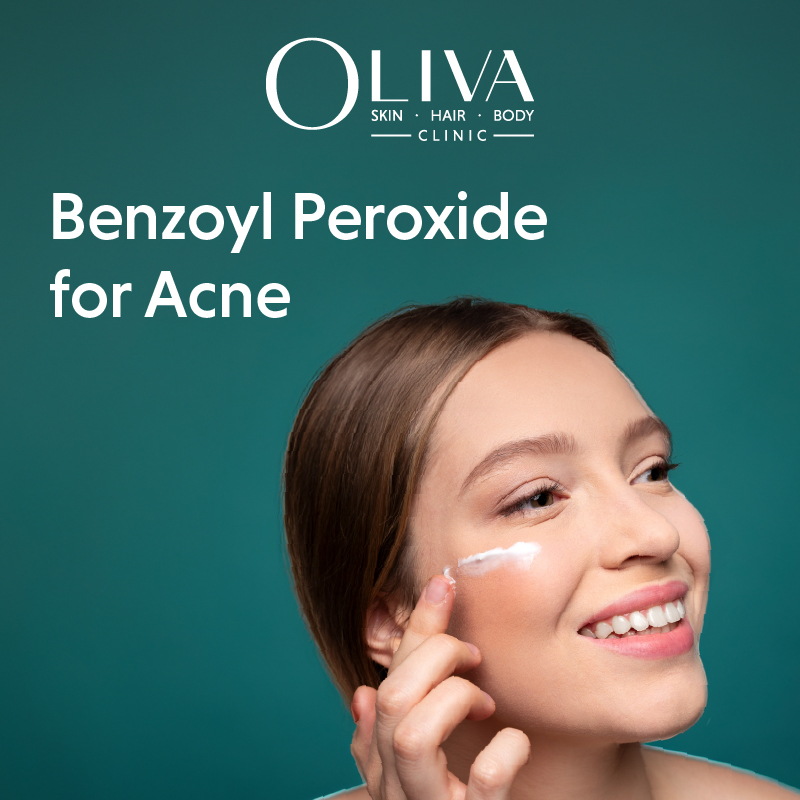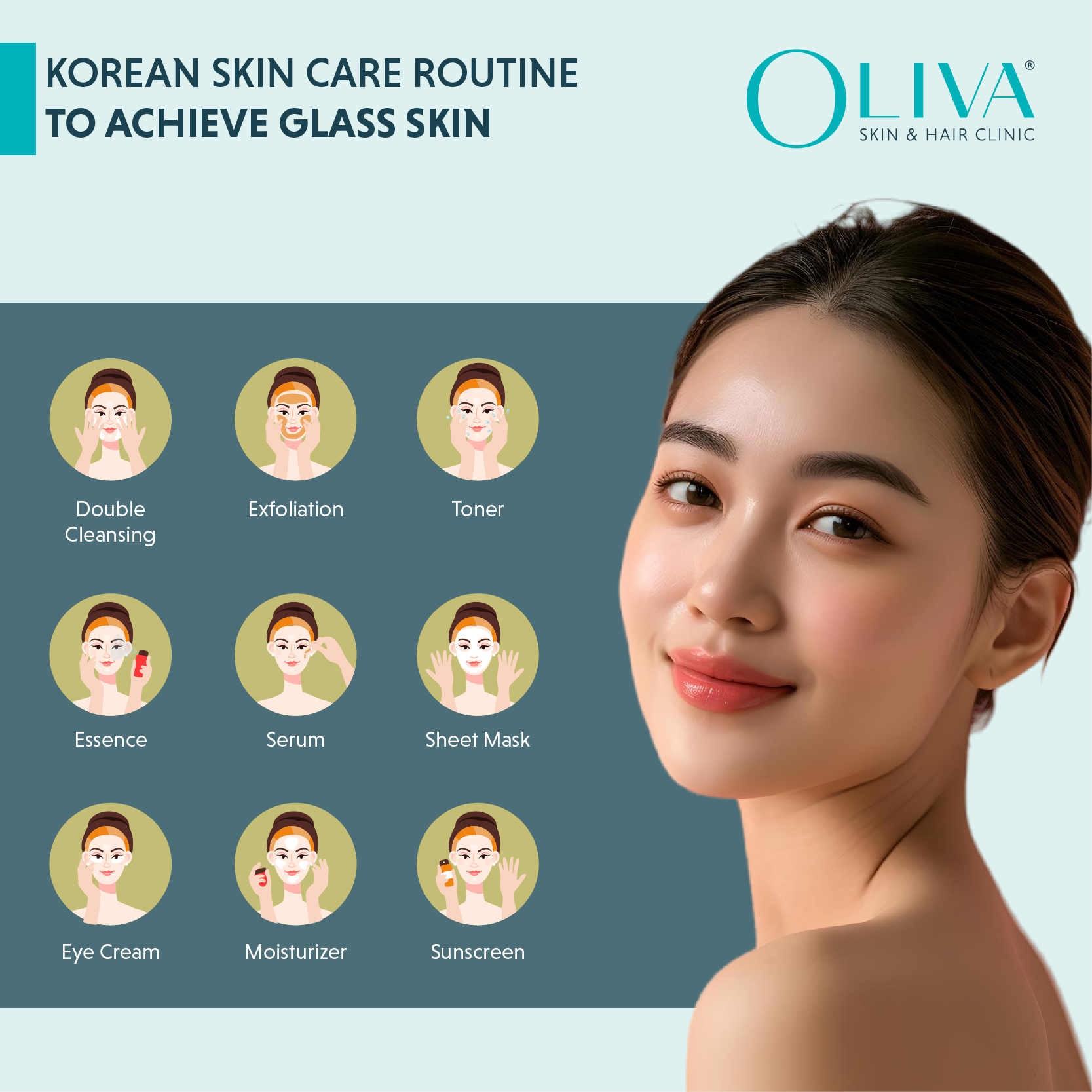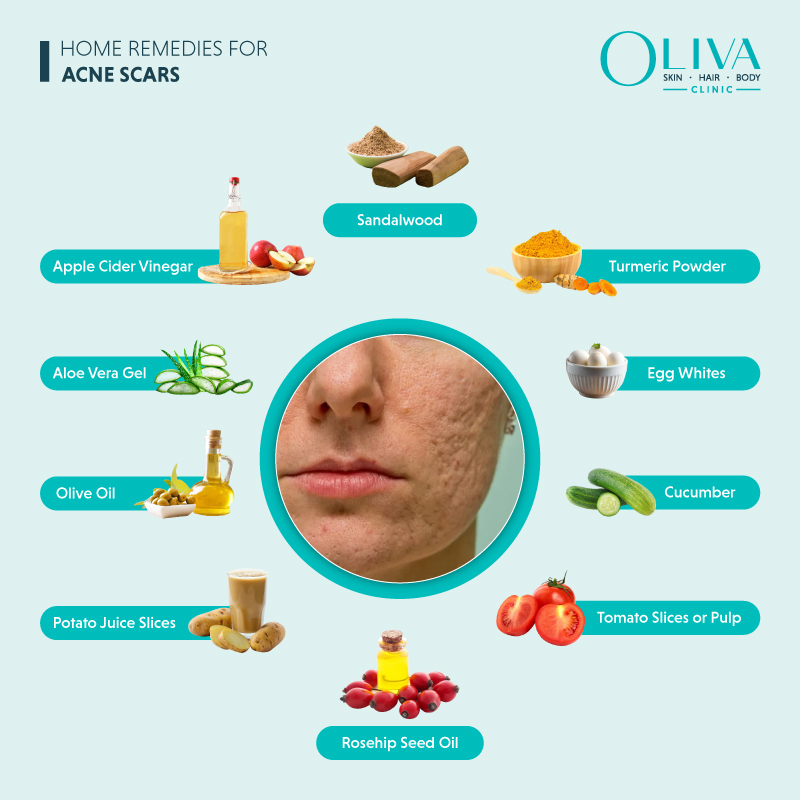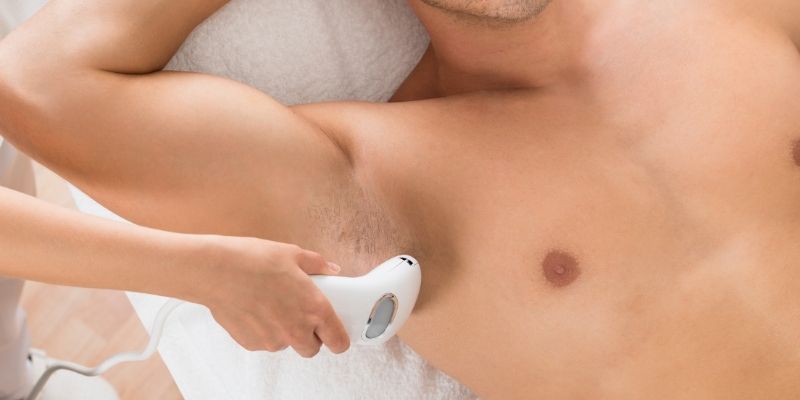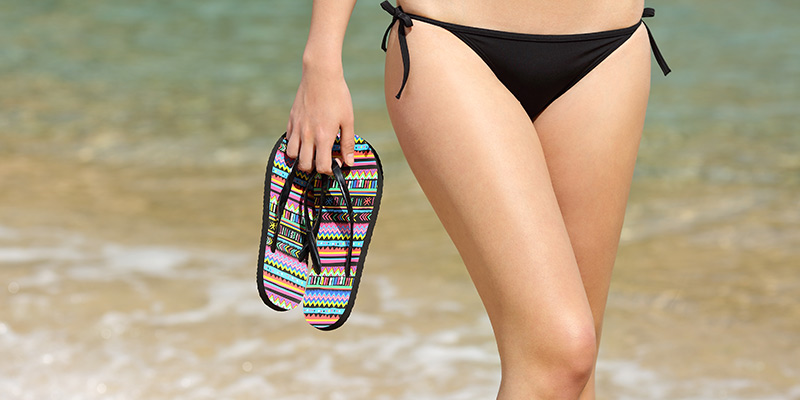Mongolian Spots – What Causes It And How To Remove It?
Mongolian spots are flat and irregularly shaped and are usually present at birth or within the first few weeks of life. These birthmarks look similar to bruises but are painless and greyish blue, greenish or black. They may vary in size and usually appear on the lower back and glutes. In extensive involvement, they can appear on flanks, shoulders, upper back and chest. Mongolian spots fade with time. The medical term for Mongolian spots is congenital dermal melanocytosis.
Who Is Prone To Developing Mongolian Spots?
Mongolian spots can occur in anyone, but they are most common among dark-skinned infants of African and Asian population followed by those of Native American, Hispanic and East Indian descent. Their occurrence is similar in both infant boys and girls.
What Causes Mongolian Spots?
Sometimes during the embryonic development period, some of the skin’s pigment-producing cells, i.e. melanocytes do not make it up to the upper skin layer, i.e. epidermis during their migration from the deeper layer of skin, i.e. dermis. Instead, they remain trapped within the deeper layers. Hence, Mongolian blue spots often become visible immediately after birth. The amount of melanin present in the skin determines the colour of these spots. Therefore, darker-skinned infants are more likely to have prominent Mongolian spots.
Mongolian spots usually fade away within a few years after birth, i.e. within two to six years of age. Research shows that around 4-5% of children continue to have Mongolian spots until adulthood.
What Are The Risk Factors?
- Mucolipidosis
- Mannosidosis
- Other associated syndromes are Sturge-Weber syndrome and Klippel-Trenaunay syndrome etc.
The Mongolian spots associated with such disorders tend to be more persistent, darker in colour and generalised in distribution. In some cases, the Mongolian spots may coexist with vascular birthmarks as well.
Another association with having Mongolian spots includes a rare spinal cord malfunction disorder called occult spinal dysraphism, but there is insufficient research to verify this finding.
Treatments For Mongolian Spots
Mongolian spots are usually harmless, except for their possible link to rare metabolic diseases or spinal cord malfunction disorder. In rare cases, they may persist for life. A dermatologist is the best person to advise you a suitable course of treatment.
If your child has Mongolian spots, monitor his growth. If the spots persist as a aesthetic concern in adulthood, there are many removal or lightening procedures to consider.
Laser Removal
If Mongolian spots persist in adulthood or if they are present in uncommon areas, laser removal is among the most effective treatment options you can consider. The lasers considered effective for reducing Mongolian moles, Mongolian patches or Mongolian pigmentation are Alexandrite, Intense Pulse Dyed (IPL) and Q-switched Nd: YAG lasers.
Myths Associated With Mongolian Spots:
- Some cultures believe that these spots are slaps from the gods or religious deities.
- It is factually inaccurate that only those of Mongolian or non-Caucasian descent develop these spots.
- One myth says that Mongolian spots develop due to the mother’s activities during pregnancy, such as working.
Child Abuse:
Mongolian spots are often confused with bruises, especially if they appear on other sites than usual. In recent times, it has gained medico-legal importance due to a mistaken diagnosis of child abuse or battered child syndrome. One can differentiate Mongolian spot from a bruise, as it is not painful and may get darker with time, unlike the latter which resolves with time.
Hope you found this article on Mongolian spots informative and interesting. If you are an adult who still has Mongolian spots, get them checked out immediately by a qualified dermatologist. He or she will be the best person to direct you on a safe and effective line of treatment.
Our certified subject matter experts do extensive research and collate facts from reputed scientific journals and international studies to create informative and engaging articles related to all your dermatology concerns. They strive to help you decipher medical jargon, distinguish fact from fiction and overcome paranoia. Our qualified medical board or expert panel goes a step further to verify these facts based on their rich academic knowledge, vast clinical experience and critical industry insights to ensure you consume only medically accurate content that empowers you to make informed decisions about your hair and skin-care treatments and weight management. Check out our Editorial policy for further details
https://www.ncbi.nlm.nih.gov/pubmed/3360547https://www.ncbi.nlm.nih.gov/pmc/articles/PMC3856299/
https://medlineplus.gov/ency/article/001472.htm


